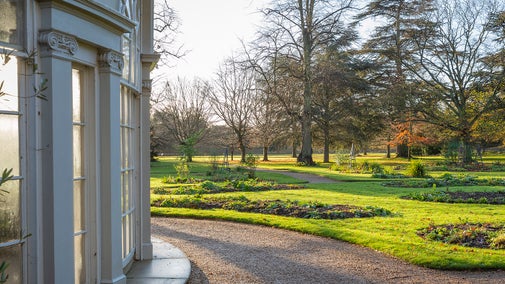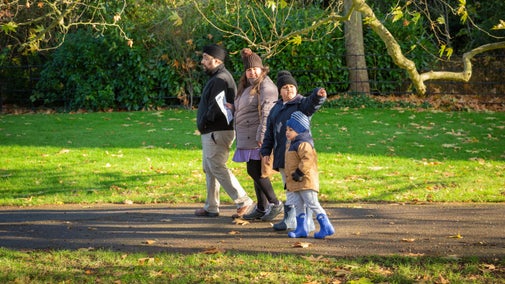
Become a member
Join today and help protect nature, beauty and history – for everyone, for ever. Enjoy access to more than 500 places with National Trust membership.
A Georgian country estate in west London
Jersey Road, Isleworth, Middlesex, TW7 4RB (sat nav TW7 4RD)

Come and see Osterley House transformed with marigolds, a celebratory flower used to adorn doorways and holiday tables for Diwali, the five-day Festival of Lights. The Entrance Hall will be decorated with a rangoli, co-created with community groups, which mirrors architect Robert Adam's floor design, and projected light will bring the space to life. Plus, there’ll be events and performances for everyone to enjoy.

31 Jan – 3 Mar 2026: Join us for one of nature’s greatest transformations as you become the world’s most famous caterpillar from Eric Carle’s best-selling book The Very Hungry Caterpillar™. Wiggle along the trail to spot juicy fruits and tasty snacks before emerging as a beautiful butterfly. Along the way you’ll digest fascinating facts and enjoy games and activities in our stunning gardens. Feast your eyes, feed your mind and spread your wings with us at Osterley Park and House.

Discover what to see in the garden at Osterley Park and House. With year-round colour, explore the Tudor walled garden, 18th-century flower beds and take in views across the estate.

Osterley Park is a two pawprint rated place. Find out about bringing your dog here. Take a stroll and explore the beautiful estate together.

From bike rides, den building to seasonal trails with interactive games, discover the full range of family-friendly activities and events taking place at Osterley Park and House this year.

With parkland, paths, lawns and lakes, Osterley Park and House is the perfect place to get active outdoors, doing something you love or trying something new.

Are you looking for a memorable day out? Have a look at our upcoming events! We have something for everyone to take part in. From family-friendly trails, walks in the garden, sports in the park to exhibitions in the house at Osterley.

Take a look at the map of Osterley Park to help plan your visit.
All the information you need to book celebration photography for your special day in the parkland, gardens or beneath the portico at Osterley Park and House.

All the information you need to make a booking to bring your group to enjoy the mansion house and 18th-century gardens at Osterley Park and House, west London.


Join today and help protect nature, beauty and history – for everyone, for ever. Enjoy access to more than 500 places with National Trust membership.